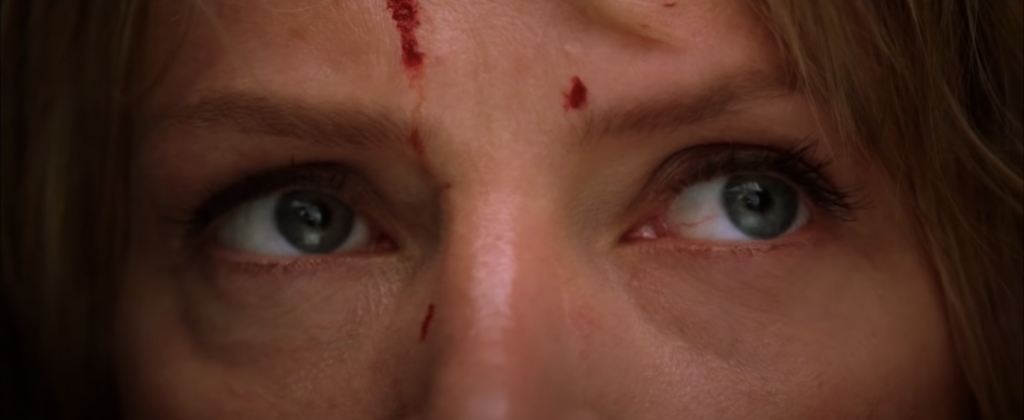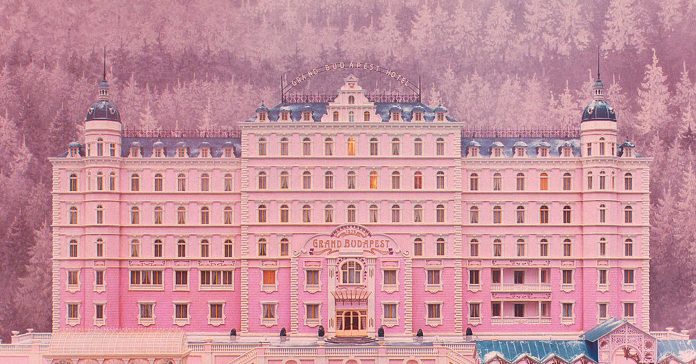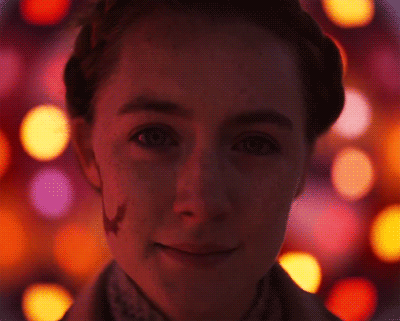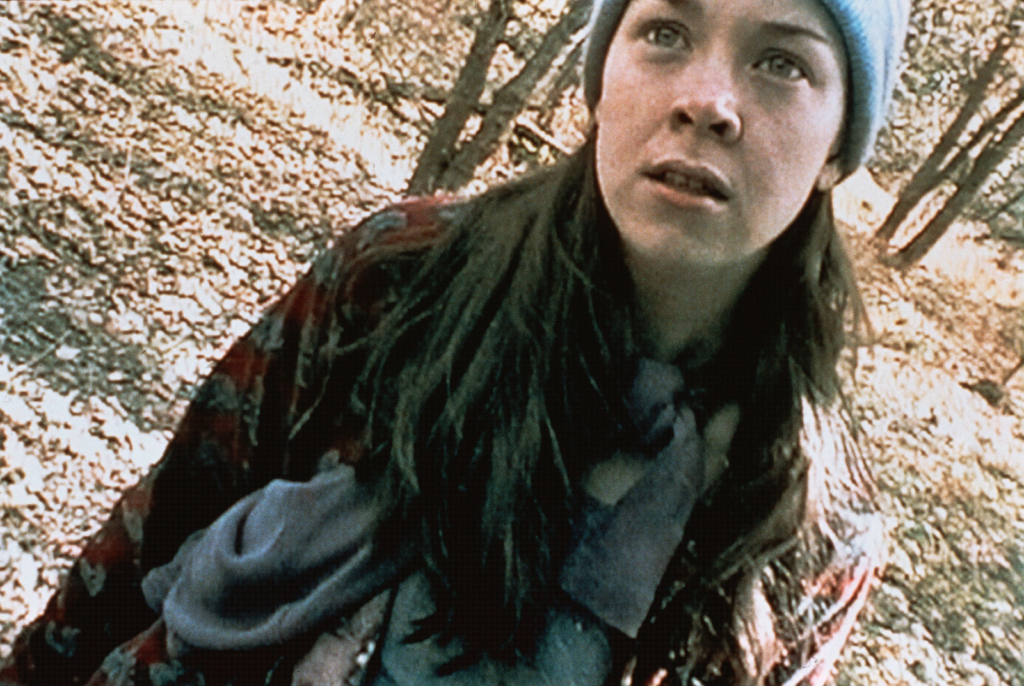Editing- to prepare (motion-picture film, video, or magnetic tape) by deleting, arranging, and splicing, by synchronizing the sound record with the film, etc. The craft of cutting/splicing scenes in order to assemble a finished film.
Category Archives: Uncategorized
Filters
Blade Runner First Response
| Blade Runner (Scott, 1982) | Critical Score: 6/10 | Memorable Scene: “Tears in rain” is a 42-word monologue, consisting of the last words of character Roy Batty (portrayed by Rutger Hauer) in the 1982 Ridley Scott film Blade Runner. I think this scene is memorable and it has also been described as “perhaps the most moving death soliloquy in cinematic history”. I think the overly dramatic setting and speech adds to the characters pain and emotion, the rain portraying his sadness. |

Mise en scene review- 500 words
Formula for box office hits

6/10 of the movies are action.
Cultural context:
-Economic – influence from economy (businesses, finance etc) budget, box office, audience.
-Geographical – setting of movies, place it was recorded
-Historical – when the film is made, when the film is set.
-Institutional – linked to economic context and film industry
-Political – ideologies, views and opinions portrayed in the movie
-Social – society, representation of people
-Technological – breakthroughs (sound, colour, cgi etc)
Mise en Scene (the machinist)
consists of:
-Setting
-Costume and Makeup
-Lighting
-Staging (movement and performance)
Chaotic vs Anally Tidy
Use of Mise en Scene in The Machinist (2004 by Brad Anderson)
Lighting:

Very little light is used, and we first meet Trev in a storm in the dead of night, and even indoor scenes are filmed with very little use of light. The only light we see is the harsh bright lights of the Airport Café. The camera cuts to the clock, and back. This complements nicely with the harsh lighting, giving us an insight into his inability to sleep. Close ups with a strong use of shadow are also used to portray Trev as a dark character. Virtually the whole movie is nearly black & white with a strong blue or green tint.
Costume and appearance:

We always see Trev in dark clothing, and when we see him in his bathroom mirror is used to portray just how thin he his. The skin-tones are shot dark, often covered in deep shadows.
Shots:

The high angle shot above amplifies the drama and helplessness of the character.
Shot Distances
EXTREME CLOSE-UP:
Extreme close-ups are very useful A hyper-close close-up allows you to isolate and focus on particular details within the scenes of a film, revealing new ideas and emotions to the audience. However, since it is such an uneasy shot, it can sometimes break the film’s realness.

ESTABLISHING SHOT:
Establishes the geography, time of day, location and more. This gives a large amount of information to the audience using one shot. Establishing shots are essential as it helps guide the viewers and the story smoothly.

CLOSE UP:
Close-ups are commonly used in the film. This is because it shows the audience the emotion on the character’s face and gives the viewers a greater perspective into the character’s thoughts. They can also be used to dramatise a change in mood or emotion. This shot also ensures that the viewers’ intention is on the character’s face and not on the background.
cinematography and Diegesis
Diegetic
The Grand Budapest Hotel

The use of this ECU directs the audiences attention towards Agatha and highlights Zeros love for her whilst also exploring the heavenly confusion of young love. Alternately, it could suggest that Agatha is a permanent fixation in Zeros mind and that his world revolves around her leaving the audience in a sense of awe for the couple.
Intra-diegetic
Blair witch project

The Blair Witch project is shot to give the illusion it’s “recovered footage” this propels the audience into the story and creates a sense of realism, enhancing the horror aspect. It also leaves the audience uncertain and horrified to whether the footage is real.
Extra-diegetic
Amelie


Amelie breaks the fourth wall multiple times in the film and directs her attention towards the audience leading them to feel as if they have been engrossed into her world all whilst being charmed by her and developing a connection.
Enola Holmes

Enola Holmes 1 & 2 also break the fourth wall taking a more extra-diegetic approach, this effective device keeps the story in motion while also adding necessary insight/description and peeks into her independent mindset.
Editing

Editing within a cinematic piece is both a technical and creative aspect of film. It is the assembly of each different element of the production, visual elements in particular. Putting different scenes together aids in the linear progression of the narrative, and can create a more immersive experience
what is editing?
The craft of cutting/splicing scenes in order to assemble a finished film.
Editing definition
To prepare by deleting, arranging, and splicing film shots.
editing definition
Film editing is both a creative and a technical part of the post-production process of filmmaking
It helps to prepare motion-picture film or video by deleting, arranging, and splicing, by synchronizing the sound record with the film, etc.